The 15 Most Stylish Movie Characters of All Time
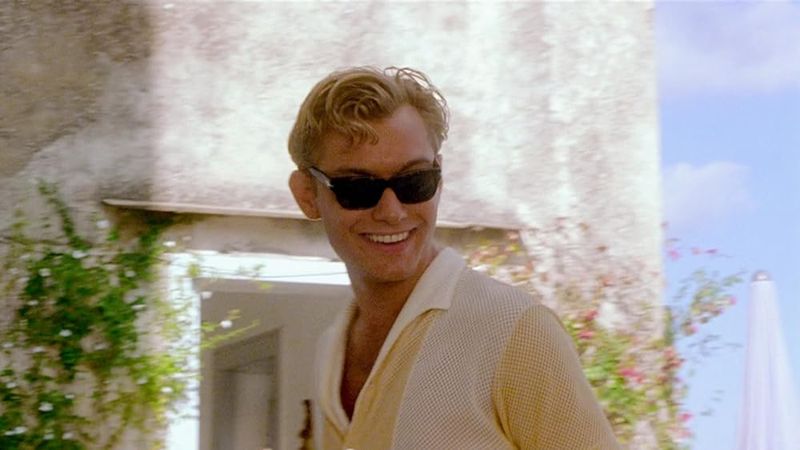
Fashion and film have always been inseparable, creating iconic looks that inspire generations. From elegant gowns to sharp suits, certain movie characters have left an unforgettable mark on style history. These characters didn’t just wear clothes—they defined entire eras and influenced how we think about fashion today. Get ready to explore the most fashionable figures ever to grace the silver screen.
1. Holly Golightly — Breakfast at Tiffany’s (1961)
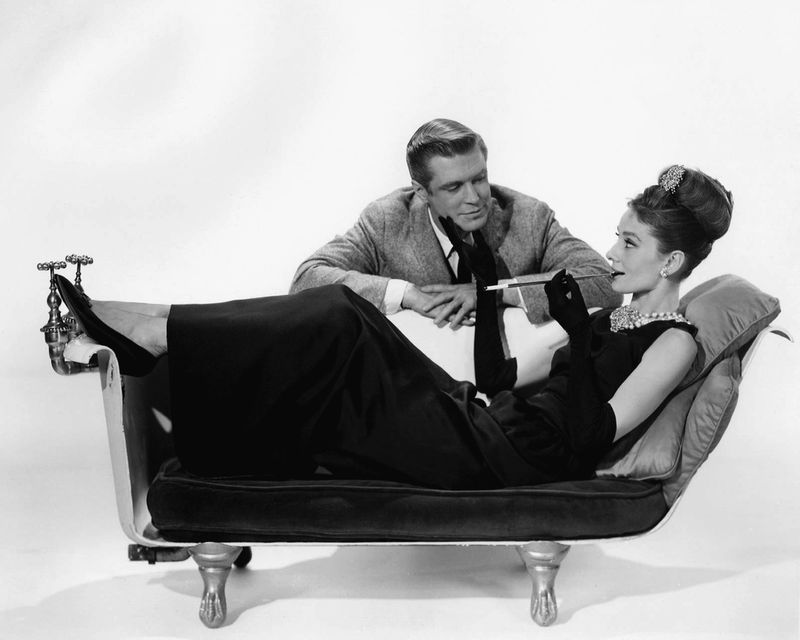
Audrey Hepburn transformed a simple black dress into a fashion phenomenon that still captivates us today. Her character’s wardrobe, designed by Hubert de Givenchy, featured the legendary little black dress paired with multi-strand pearls, opera-length gloves, and those unforgettable oversized sunglasses.
Every piece she wore communicated sophistication without trying too hard. The elegance wasn’t just about expensive fabrics or complicated designs—it was about knowing exactly what worked.
Holly’s style became the gold standard for timeless chic, proving that simplicity and grace never go out of fashion. Decades later, fashion lovers still recreate her iconic look for parties and photoshoots worldwide.
2. James Bond — The James Bond Series (1962–present)
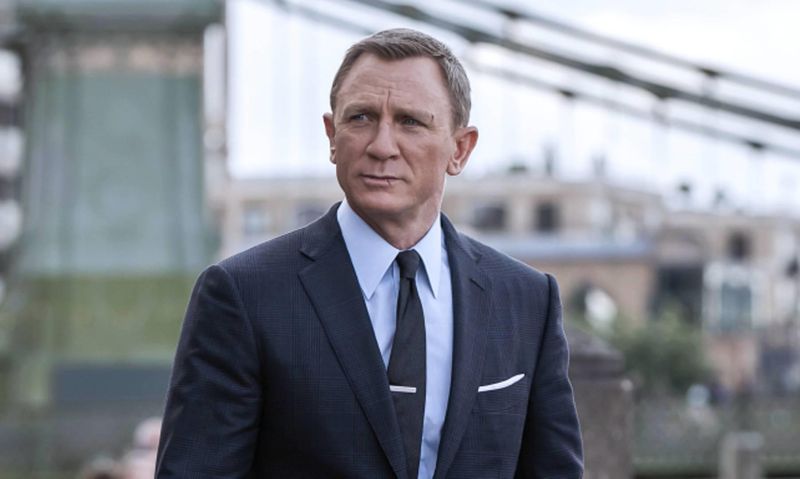
No character embodies suave menswear quite like 007. From Sean Connery’s sharp-shouldered suits to Daniel Craig’s modern slim-fit tuxedos, Bond has set the bar impossibly high for men’s formal wear.
His wardrobe isn’t just about looking good—it represents confidence, power, and unshakeable composure under pressure. Every detail matters, from perfectly knotted ties to impeccably polished shoes.
Bond’s style has evolved through decades while maintaining its core principle: tailoring is everything. Whether facing villains or attending casino nights, he proves that a well-fitted suit is the ultimate weapon. His influence on menswear remains unmatched in cinema history.
3. Miranda Priestly — The Devil Wears Prada (2006)
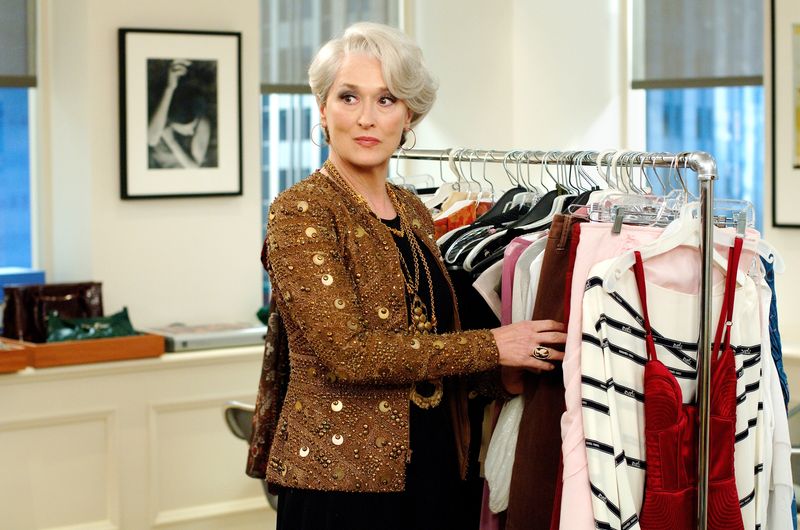
The portrayal of the icy fashion editor came with a wardrobe that could silence a room. Miranda’s closet overflowed with designer coats, structured silhouettes, and statement heels that screamed authority.
Her style wasn’t about being liked—it was about commanding respect and establishing dominance. Every outfit was armor, carefully chosen to intimidate and inspire simultaneously.
The character wore Prada, Donna Karan, and Valentino like weapons of mass sophistication. Her silver hair and flawless makeup completed a look that defined what power dressing truly means. Miranda taught us that fashion isn’t frivolous—it’s a language of success.
4. Cher Horowitz — Clueless (1995)
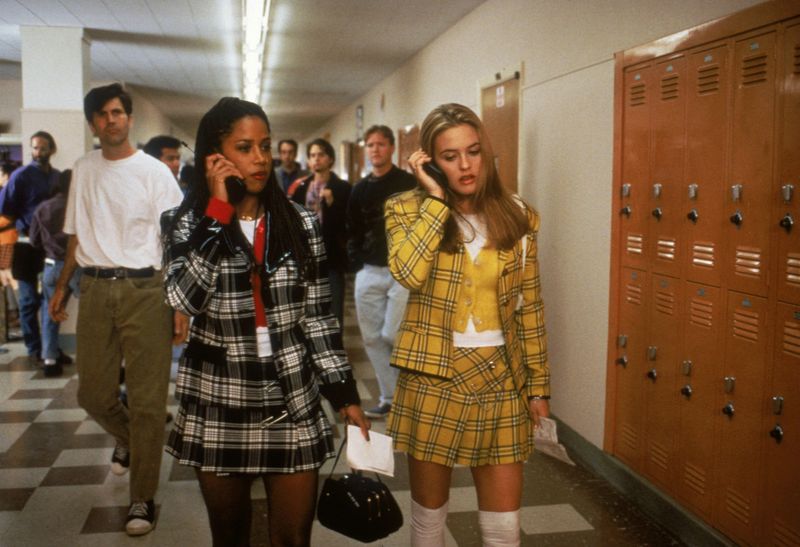
Cher brought preppy fashion to its absolute peak with outfits that still inspire Halloween costumes today. That yellow plaid Dolce & Gabbana suit with matching knee-high socks became an instant cultural touchstone.
Her computerized closet system was ahead of its time, organizing coordinated sets that mixed designer pieces with playful accessories. Cher proved that being fashionable and smart aren’t mutually exclusive.
The film’s costume designer created over 60 outfits, each one more colorful and coordinated than the last. Mini skirts, fluffy pens, and platform shoes defined an entire generation’s aesthetic. Cher’s style was bubbly, confident, and unapologetically girly.
5. Bonnie Parker — Bonnie and Clyde (1967)
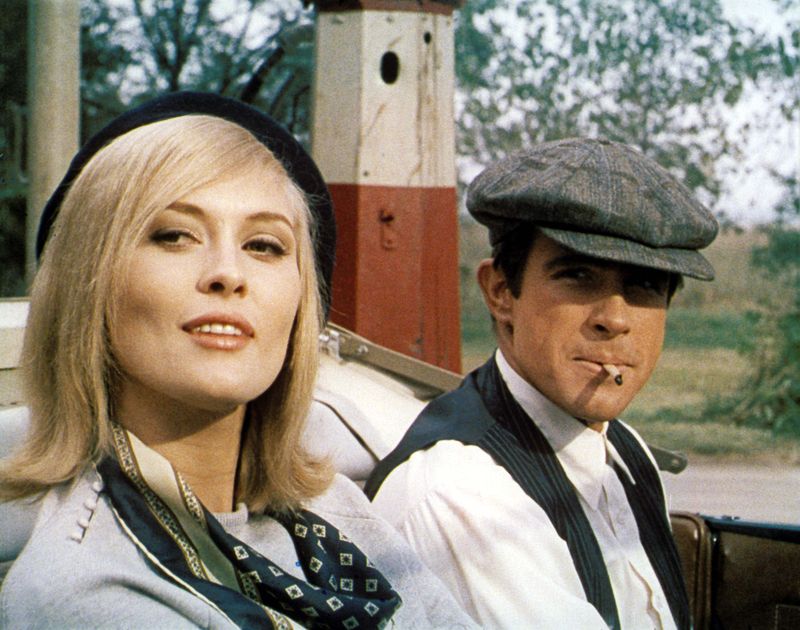
Berets, silk neck scarves, and form-fitting sweaters combined Depression-era practicality with dangerous glamour.
Her look wasn’t about wealth—it was about making the most of what you had while living on the edge. The midi skirts and feminine details contrasted perfectly with her outlaw lifestyle.
After the film’s release, department stores couldn’t keep berets on shelves as everyone wanted to channel Bonnie’s rebellious chic. Her style proved that constraints can breed creativity. Even criminals can have impeccable taste.
6. Jordan Belfort — The Wolf of Wall Street (2013)
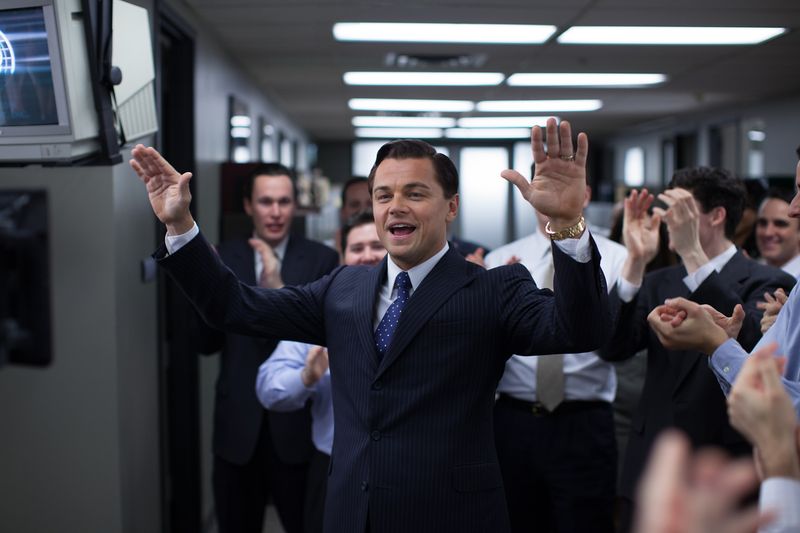
Leonardo DiCaprio’s role captured the excessive, flashy confidence of 1980s and 90s financial culture through clothing. Jordan’s wardrobe featured bold pinstripes, wide lapels, suspenders, and ties that announced his presence before he spoke.
The costumes weren’t subtle—they were designed to show off wealth, success, and complete disregard for modesty. Every suit was tailored to perfection, often in luxurious fabrics that cost more than most people’s monthly rent.
His style represented the darker side of fashion: using clothes as status symbols and tools of manipulation. Yet there’s no denying the sharp tailoring and attention to detail. Power dressing at its most unapologetic.
7. Margot Tenenbaum — The Royal Tenenbaums (2001)
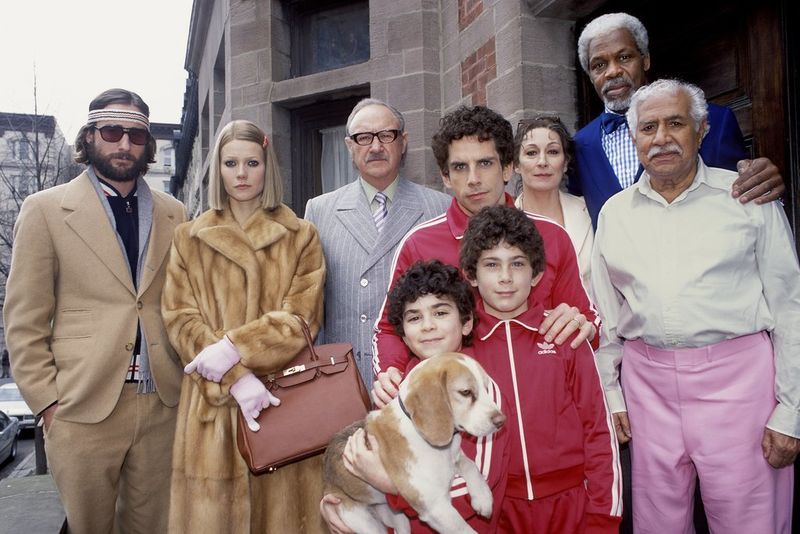
Gwyneth Paltrow created an instantly recognizable look that perfectly captured Wes Anderson’s distinctive visual style. Margot’s fur coat, paired with a striped Lacoste polo dress, became one of cinema’s most copied outfits.
Her blunt bob haircut, heavy eyeliner, and wooden finger completed a character whose appearance screamed damaged sophistication. Everything about her style felt curated yet effortless, vintage yet timeless.
The costume choices reflected her character’s emotional distance and mysterious past through muted colors and classic silhouettes. Margot proved that minimalism can make maximum impact. Her look remains a Halloween favorite and fashion inspiration for indie film lovers everywhere.
8. Dickie Greenleaf — The Talented Mr. Ripley (1999)
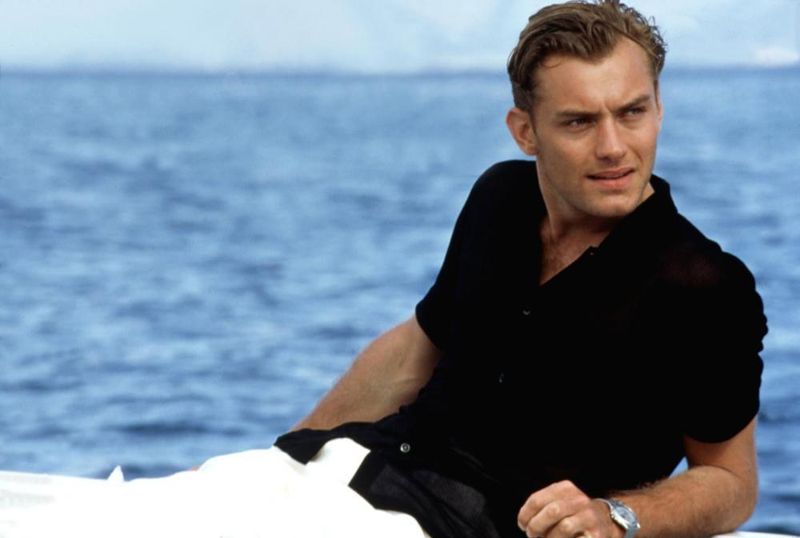
The ultimate heartthrob embodied effortless Italian Riviera elegance that made everyone want to quit their jobs and move to Positano. Dickie’s wardrobe consisted of loose linen shirts, lightweight trousers, silk scarves, and leather loafers worn without socks.
His style wasn’t about trying—it was about being comfortable in your own skin and privileged circumstances. Every piece looked expensive but lived-in, perfectly capturing old-money leisure.
The costume designer studied 1950s Italian fashion magazines to achieve authentic coastal sophistication. Dickie’s signet rings, sunglasses, and casual knitwear defined what “sprezzatura”—studied carelessness—truly means. His look remains the ultimate guide to summer elegance.
9. Andy Sachs — The Devil Wears Prada (2006)
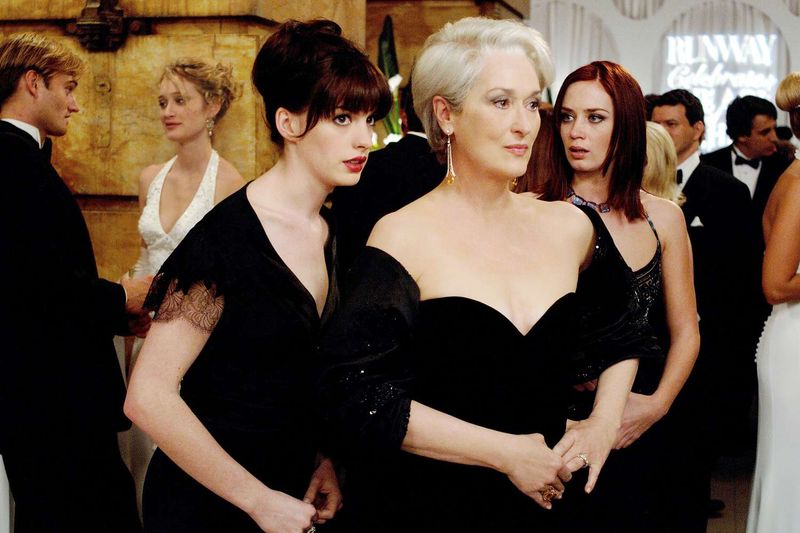
Her character underwent cinema’s most satisfying fashion transformation, evolving from frumpy journalist to runway-ready professional. Andy’s journey was visualized through increasingly sophisticated outfits—Chanel boots, Dior coats, and designer accessories that reflected her growing confidence.
Her makeover wasn’t just superficial; it represented her adaptation to a demanding world and discovery of personal style. The costume progression was carefully planned to show gradual refinement.
By the film’s end, Andy wore high fashion as comfortably as her initial sweaters and jeans. Her transformation inspired countless viewers to upgrade their wardrobes. She proved that style can be learned and that fashion changes how others perceive you.
10. Amélie Poulain — Amélie (2001)
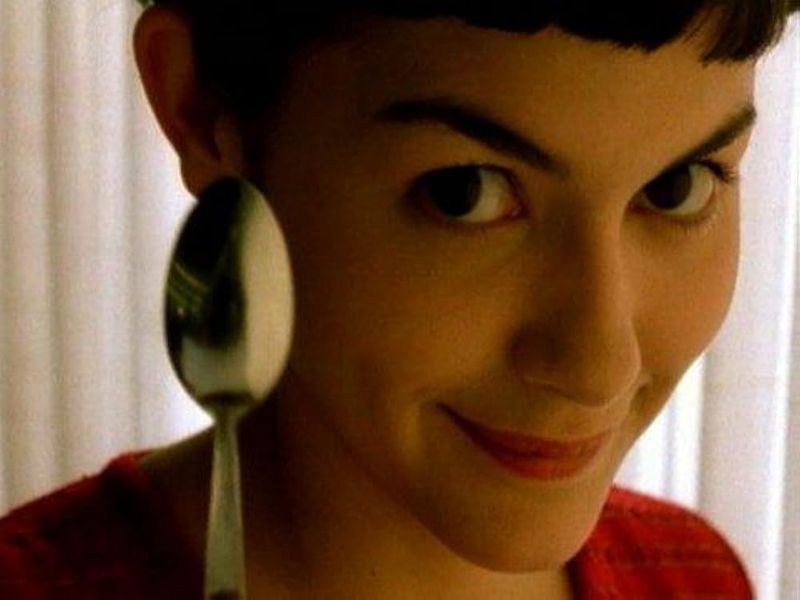
Audrey Tautou’s character defined a specific brand of French girl charm that fashion magazines still try to bottle. Amélie’s cardigans, A-line dresses, and ballet flats created a look that felt both vintage and contemporary.
Her signature bob haircut and minimal makeup emphasized natural beauty over heavy styling. The color palette—reds, greens, and warm tones—matched the film’s magical realism aesthetic perfectly.
Amélie’s style wasn’t about following trends but creating a personal uniform that reflected her quirky, imaginative personality. Her wardrobe felt accessible yet distinctly Parisian. She reminded us that true style comes from authenticity, not designer labels or expensive pieces.
11. Thomas Crown — The Thomas Crown Affair (1968 / 1999)
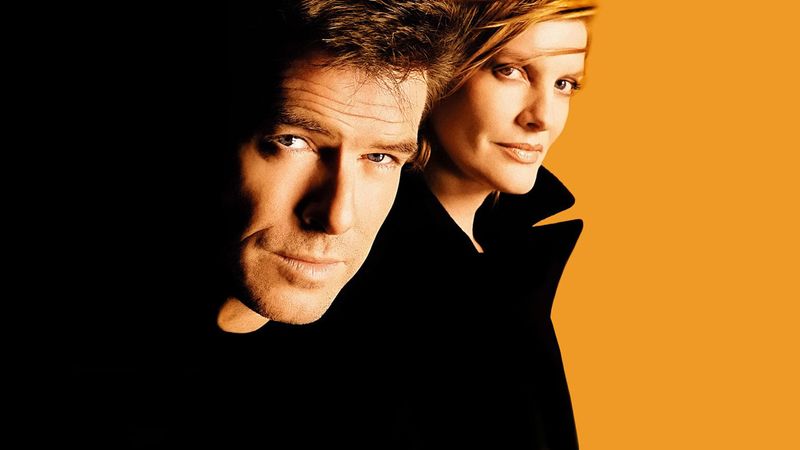
Both Steve McQueen and Pierce Brosnan infused the wealthy art thief with their own distinct yet equally captivating sense of style. The original film showcased McQueen’s cool 1960s aesthetic—sharp tailoring, slim suits, narrow ties, and an effortless air of masculinity.
Decades later, Brosnan reinterpreted the character with 1990s sophistication, favoring softer fabrics, relaxed cuts, and a more business-casual refinement. Despite their differences, both versions embraced the same principle: true luxury whispers rather than shouts.
The character’s wardrobe—bespoke three-piece suits, cashmere sweaters, and impeccably coordinated accessories—embodied timeless elegance and the quiet assurance of generational wealth. Whether on the polo field or orchestrating an art heist, he exuded an unshakable sense of polish and composure.
12. Astrid Leong-Teo — Crazy Rich Asians (2018)
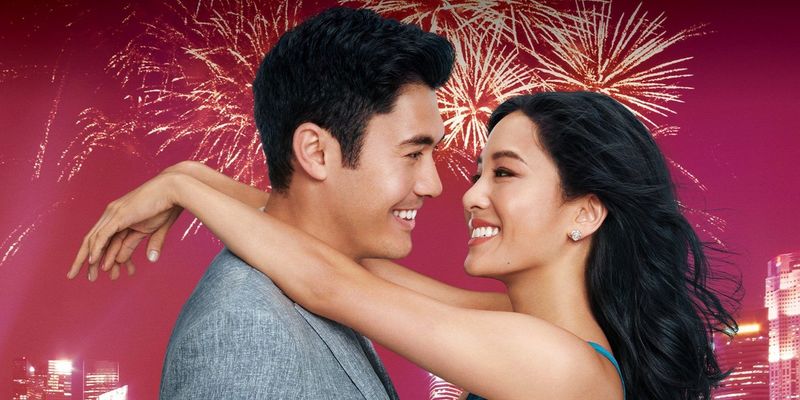
The concept of “quiet luxury” reached mainstream audiences through a wardrobe defined by understated refinement and flawless detail. Impeccably tailored trousers, silk blouses, and heirloom-worthy jewelry conveyed elegance without ever demanding attention.
Every look balanced restraint with sophistication, expressing grace, intelligence, and the quiet confidence of generational wealth. The costume designer’s choice to feature Asian designers paid homage to cultural roots while maintaining a polished, international appeal.
Through this vision of understated opulence, the character demonstrated that true affluence doesn’t rely on logos or excess—proving that the most powerful style statements are often the most subtle.
13. Cleopatra — Cleopatra (1963)
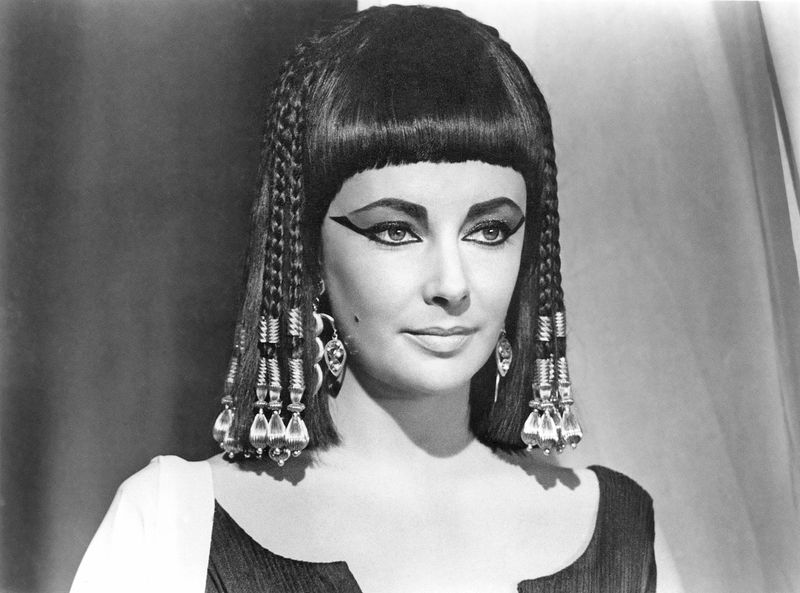
Elizabeth Taylor’s portrayal set an impossible standard for cinematic grandeur with costumes that cost a fortune and looked like it. Cleopatra’s wardrobe featured gold lamé gowns, intricate beadwork, towering headdresses, and jewelry that weighed pounds.
Her dramatic winged eyeliner became one of history’s most copied makeup looks, still popular at costume parties today. The costumes required teams of artisans and took months to create.
Taylor wore 65 different costume changes throughout the film, each more elaborate than the last. The production’s attention to historical detail mixed with Hollywood glamour created unforgettable visual spectacle. Cleopatra remains the ultimate example of costume design as art.
14. Sebastian Wilder — La La Land (2016)
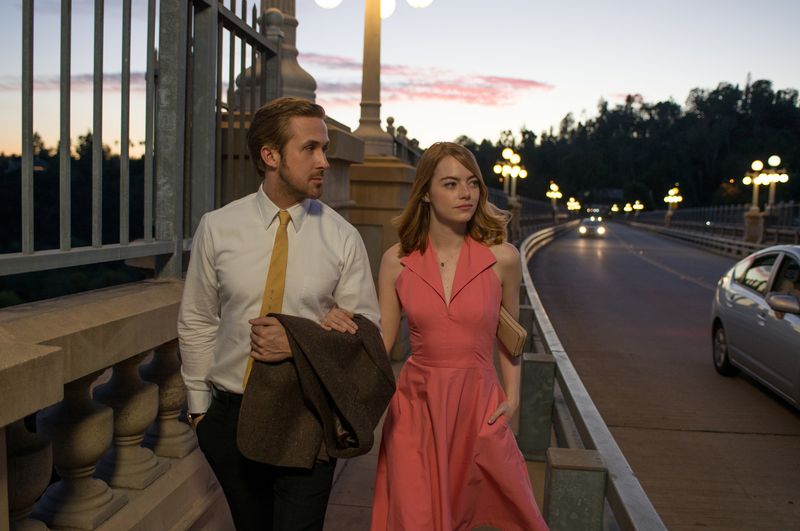
His slim-cut suits, narrow ties, and two-tone spectator shoes paid homage to 1950s jazz culture and old-school romance.
The costume choices reflected his character’s nostalgic personality and devotion to traditional jazz over modern trends. Every outfit felt like it came from a carefully maintained vintage collection.
Sebastian’s style included cardigan sweaters, rolled-up shirt sleeves, and fedoras that completed his retro musician persona. The muted color palette—burgundy, navy, tan—enhanced the film’s dreamy, nostalgic atmosphere. His look reminded audiences that classic menswear never truly goes out of style.
15. Trinity — The Matrix (1999)
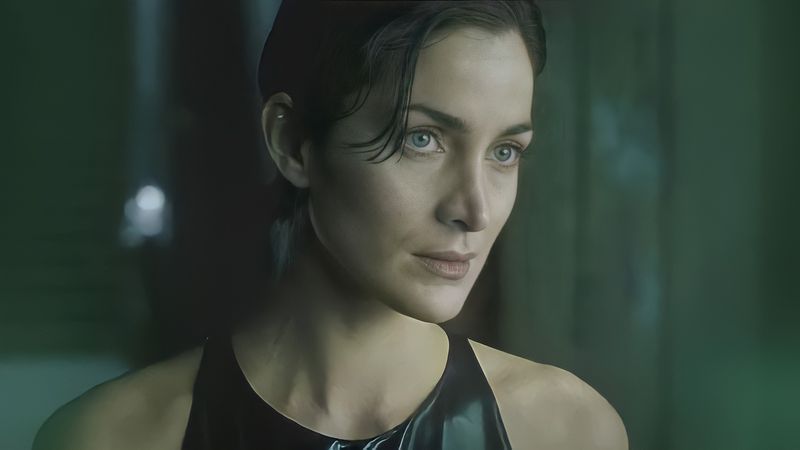
Carrie-Anne Moss brought cyberpunk fashion into mainstream consciousness with Trinity’s head-to-toe black leather uniform. Her skintight bodysuit, flowing coat, and wraparound sunglasses created an instantly iconic silhouette that defined late-90s sci-fi cool.
The costume wasn’t just stylish—it was functional for martial arts sequences and high-flying stunts. Trinity’s look represented strength, mystery, and futuristic rebellion against conformity.
Her slicked-back hair and minimal makeup emphasized athletic capability over traditional femininity. The all-black palette made her both threatening and undeniably fashionable. Trinity proved that practical action wear could be just as stylish as haute couture, influencing fashion designers and costume parties for decades.

Comments
Loading…